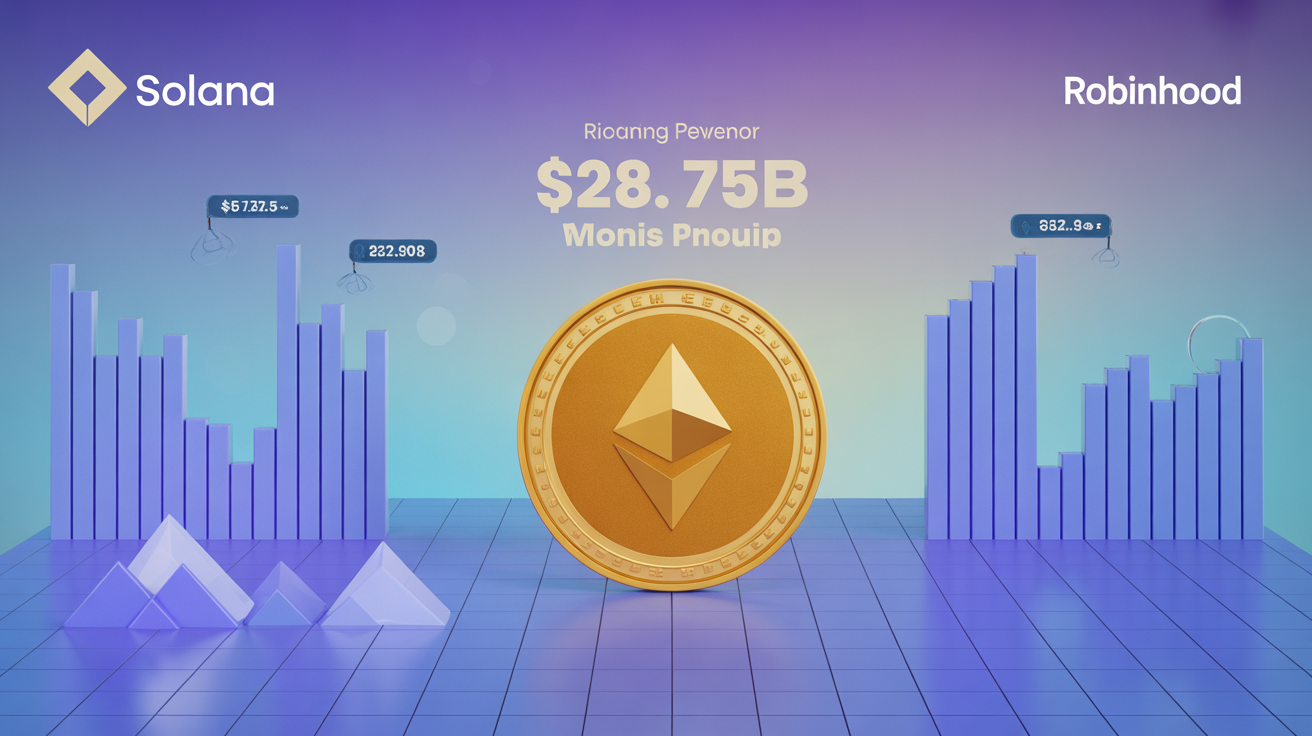
Bitcoin (BTC) has experienced a rebound from a recent dip below $90,000, but one key indicator is raising concerns about the sustainability of the rally. The stagnation in stablecoin supply suggests a lack of new capital inflows, which could signal weaker demand for Bitcoin and other cryptocurrencies in the short term.
Glassnode data reveals that the supply of the top four stablecoins—USDT, USDC, BUSD, and DAI—has remained relatively flat, sitting at $189 billion, with only a modest 0.37% increase over the last 30 days. Stablecoins, which are typically pegged to the U.S. dollar, have long been a primary source of liquidity for the crypto market. Their slow growth signals a potential cooling of market activity, with less capital entering the market at a time when Bitcoin has been attempting to push higher.
This plateau in stablecoin supply stands in stark contrast to the surge in liquidity seen during the late 2024 rally, when Bitcoin’s price soared from $70,000 to above $108,000, driven in part by massive inflows into stablecoins. The current environment, however, points to more cautious investor behavior as the market awaits Wednesday’s U.S. Consumer Price Index (CPI) report.
The CPI data is expected to show a 0.3% month-on-month increase in December, keeping pace with November’s inflation rate. Year-on-year inflation is predicted to climb to 2.9%, up from 2.75%, with the core CPI forecast to rise 0.2% month-on-month and 3.3% year-on-year. A higher-than-expected CPI reading could reinforce concerns that the Federal Reserve will slow its rate-cutting plans, potentially cooling the bullish sentiment around Bitcoin.
In the first quarter of 2024, stablecoin inflows have dropped to just $14.68 billion, compared to the $27.3 billion in November and December, highlighting the slower pace of new liquidity entering the market. Despite Bitcoin’s recent price increase, the subdued flow of stablecoins suggests that the market may be less enthusiastic about further upside in the short term.




















